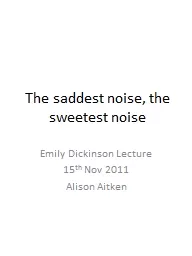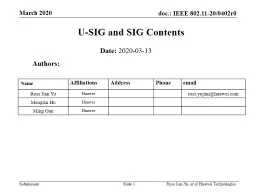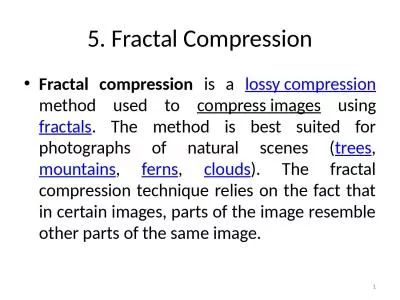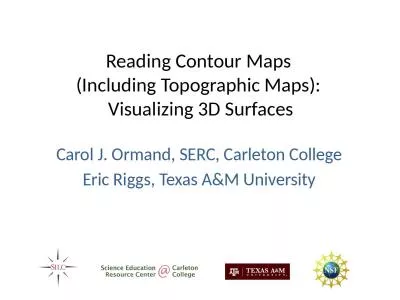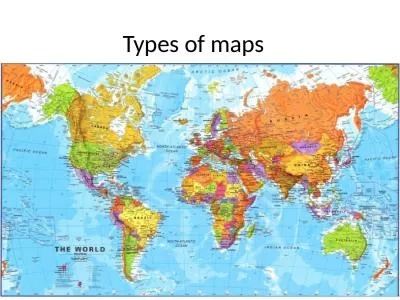PPT-Compression and noise reduction of field maps
Author : mary | Published Date : 2024-02-03
1 Xiaonan Du PSU Department Phys Rev Accel Beams 21 084601 2018 Outline Introduction eigen values transformation of base Method of High Order Singular Value
Presentation Embed Code
Download Presentation
Download Presentation The PPT/PDF document "Compression and noise reduction of field..." is the property of its rightful owner. Permission is granted to download and print the materials on this website for personal, non-commercial use only, and to display it on your personal computer provided you do not modify the materials and that you retain all copyright notices contained in the materials. By downloading content from our website, you accept the terms of this agreement.
Compression and noise reduction of field maps: Transcript
Download Rules Of Document
"Compression and noise reduction of field maps"The content belongs to its owner. You may download and print it for personal use, without modification, and keep all copyright notices. By downloading, you agree to these terms.
Related Documents

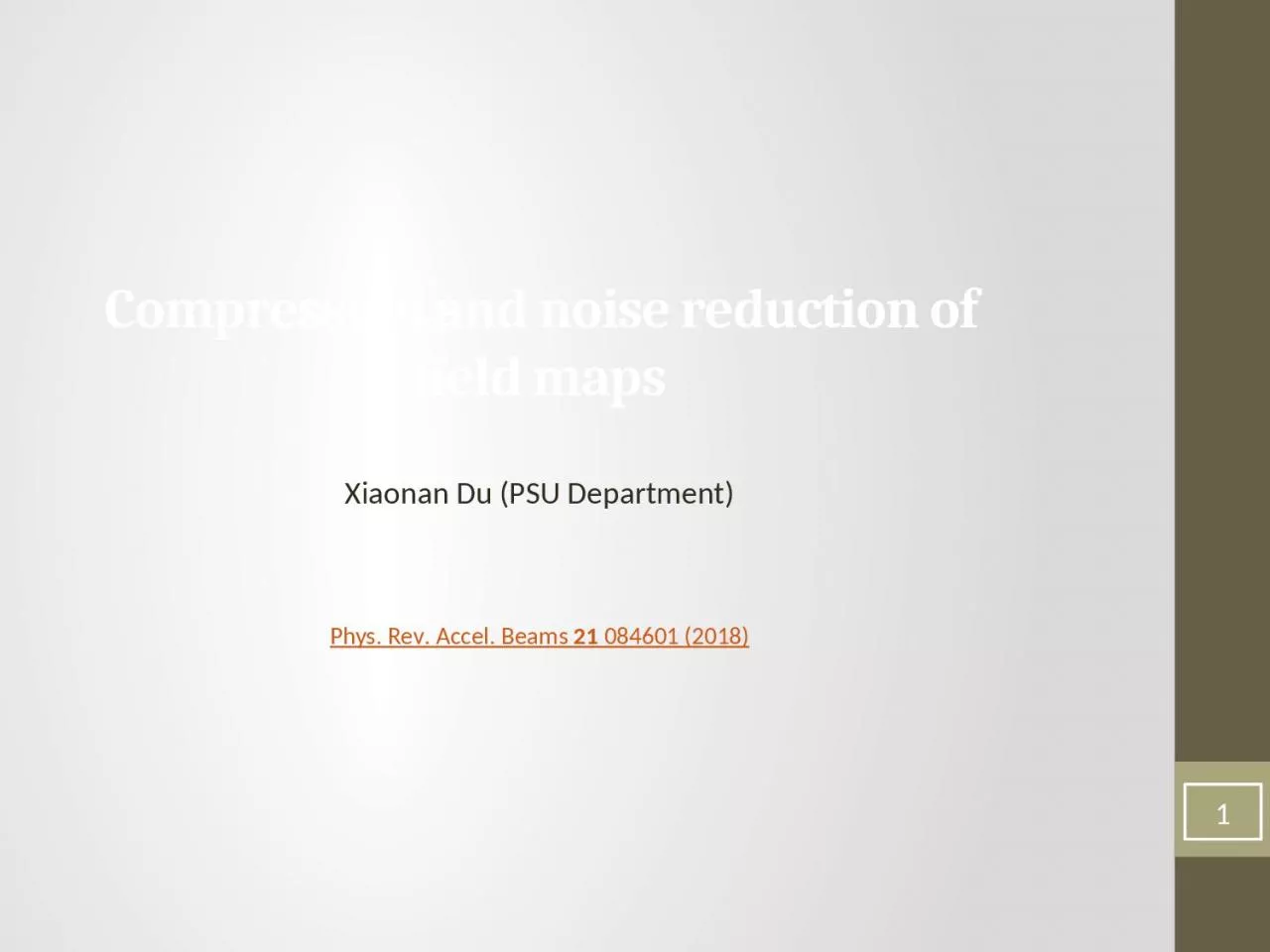
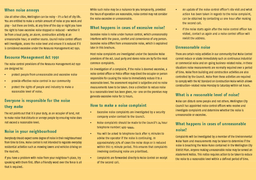

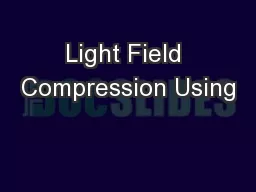



![Noise I Abigail Firme Introduction Characterization [1] Frequency](https://thumbs.docslides.com/762423/noise-i-abigail-firme-introduction-characterization-1-frequency.jpg)
